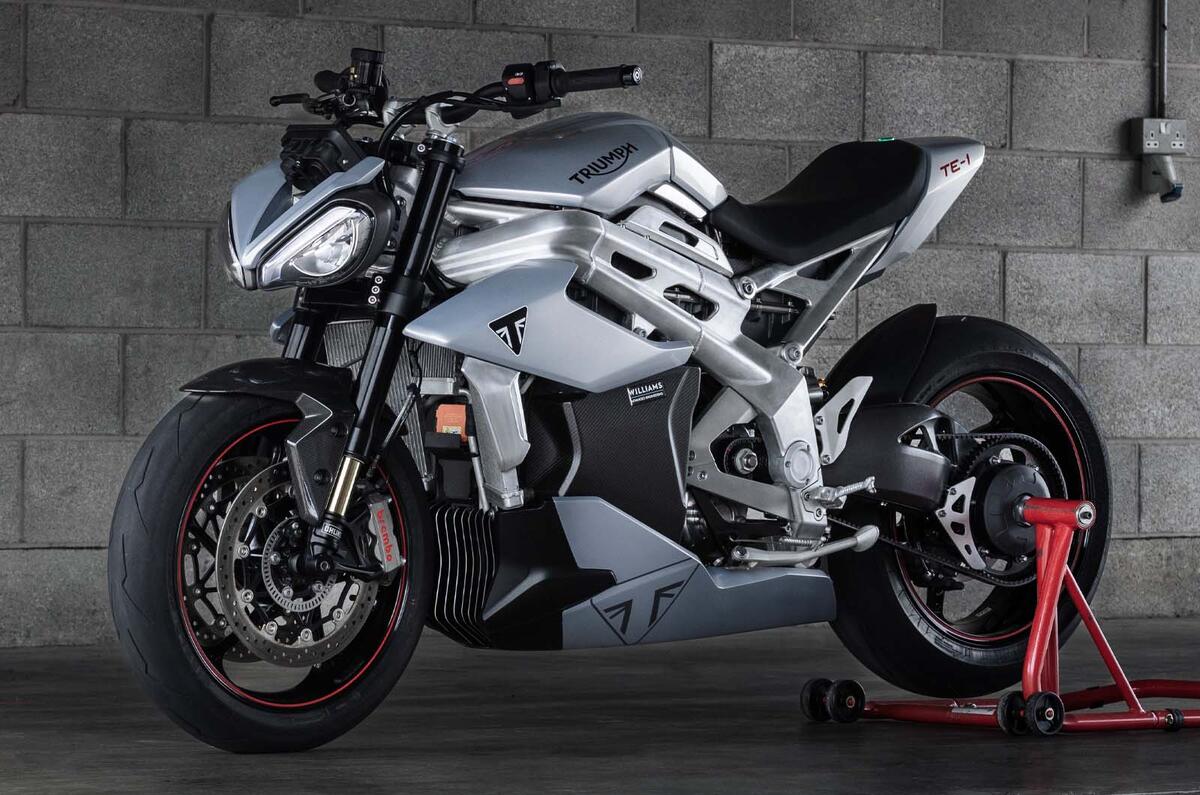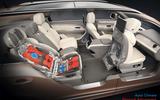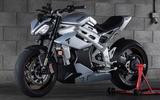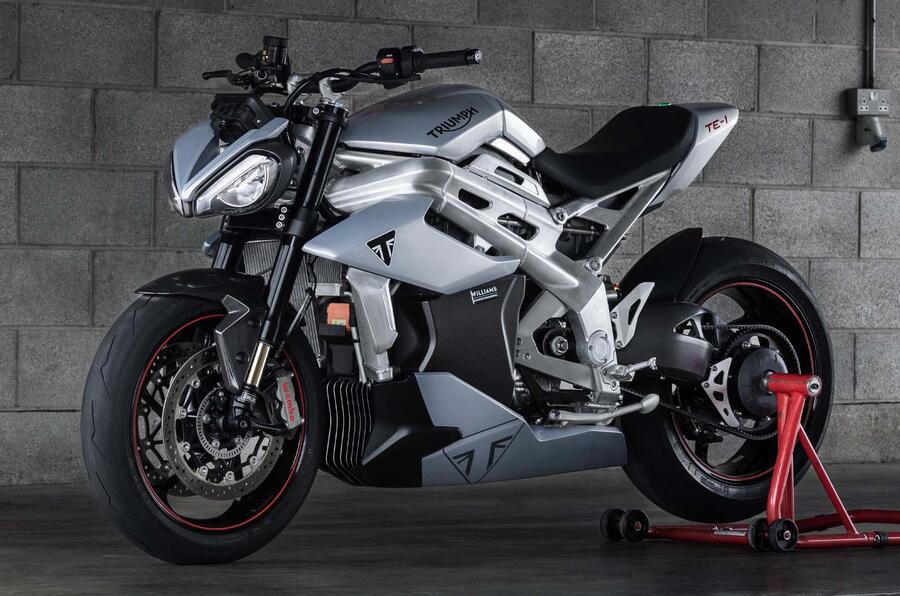Seating may not be the first thing that springs to mind when pondering car tech, but unlike living room sofas, car seats can be highly sophisticated pieces of equipment.
Back in the 1960s and 1970s, the opposite was true until some car companies, notably Saab and Volvo, started making dramatic improvements. Prompted by freezing Scandinavian winters, both firms started to look at the value of seat comfort and its effect on the well-being of drivers. They employed orthopaedic specialists to design seats and added seat heating not just for cosiness but also because warmth is healthy for a driver’s back and reduces fatigue. At the time it was advanced thinking, so how have things evolved since then?
These days, the role seats play in reducing fatigue means that technical improvements have tripped off the scale, with crash-resistant fixings, integrated seatbelt tensioners, airbags, high-tech interlayers and covering fabrics and integrated infotainment screens. The pinnacle of seat sophistication is, unsurprisingly, lurking in the rear of the most luxurious cars, and the new Bentley Bentayga EWB Airline Seat Specification is one of the latest examples. As well as the hand-stitched loveliness you might expect on the outside, the insides of the seats are a mixture of chiropractor’s consulting room and climate laboratory.
Taking the second of those first, the seat has an ‘auto climate system’ incorporating a suite of sensors that measure passenger contact surface temperature and humidity to an accuracy of 0.1deg C every 25sec. The passenger has control of where they want that to be from a choice of seven settings. One of those is neutral, which applies preset algorithms figured out during testing with different passengers. From then on, claims Bentley, the seat makes changes it knows are needed before the passenger does. Although the heating tech is unchanged from previous designs, a new type of cooling fan can move around 80% more air than before.
For some, seat massage systems are about as relaxing as a child kicking the backrest, but the Bentley doesn’t have that. Instead, it has something called ‘postural adjustment’ aimed specifically at keeping fatigue at bay. The system consists of six pneumatic zones that adjust the contact pressure between body and seat, but in a subtle way, says Bentley. In all, the system can make 177 individual pressure changes across the zones.
The activity includes three-dimensional twists, using movements developed in conjunction with a chiropractor. From that input, Bentley, with specialist Comfort Motion Global, developed algorithms and evolved the system during scientifically based trials. In studies, it was found that supporting bodyweight dynamically and morphing to each individual’s weight and shape relieves strain that can lead to what Bentley calls a “lack of focus”.









Add your comment